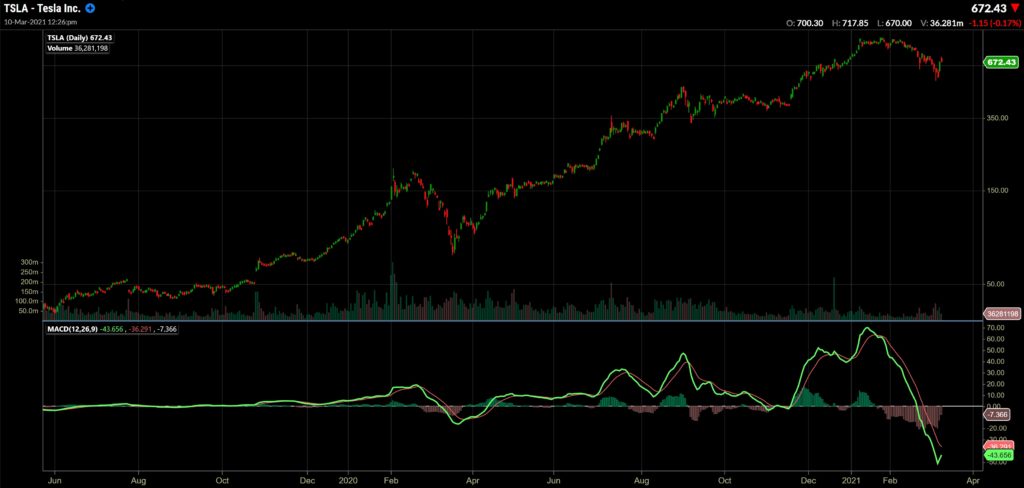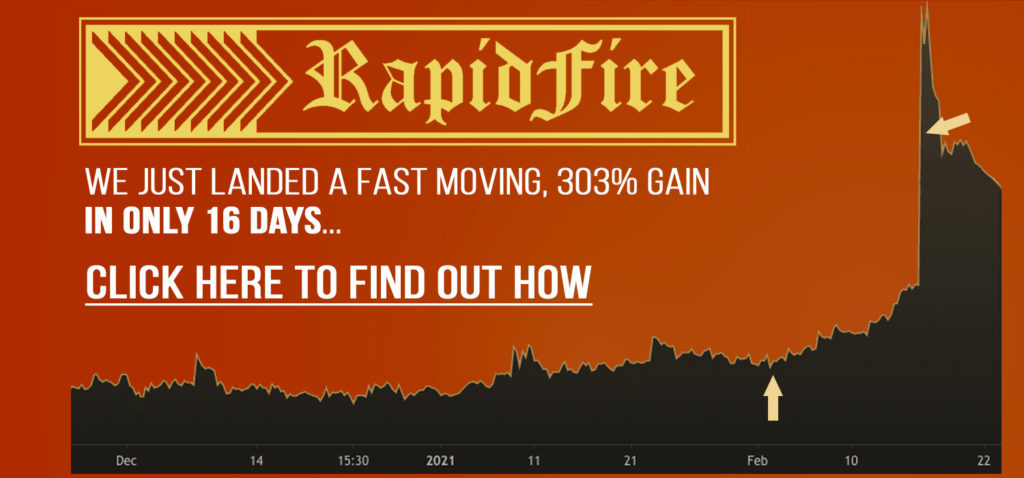

Date: 3/11/2021
Author: Chris Hood
Be sure to check out new episodes of my video podcast each week, where my ace pupil Brian Jones and I talk the ins and outs of options trading- and give you insights and strategy that you can immediately put to work for you in the markets.
I know you’ve seen videos like this.
“How This One Candlestick Pattern Changed My Life!”
“MACD Millions? Click to Learn How!”
I’ve watched more of these than I care to admit. Mostly they’re just commercials with fluff content.
What bothers me about them is that they reinforce two flawed ideas:
- That profitable trading is exceptionally simple
- Trading on a single indicator can give you a profitable edge
In these editorials and on my Hood Talk videos, I’ve often ranted about how internet hucksters try to make trading sound so easy it requires almost no effort. In fact, the only real work is purchasing their snake oil systems.
My professional trading career started AFTER two decades of award-winning work in some of the world’s largest banks and earning both an MBA and PhD.
Even with this background, it took me several years to truly learn the ropes.
I don’t claim to be the smartest person in the world. This is just something to consider when someone tries to sell you the idea that trading is simple.
Let’s take a closer look at this ‘magical indicator’ claim.
I want to make myself perfectly clear on this.
Basing your trades solely on any one technical signal is a waste of time!
Your win rate will be only marginally better than if you just flipped a coin to determine a stock’s direction.
One of the most commonly used indicators is the MACD or Moving Average Convergence Divergence. We don’t have time to go into the calculations behind it; however, you don’t need to know that to use it anyway.
MACD helps determine momentum and identify potential reversals.
Take a look at the daily TSLA chart below.


When the MACD’s 9-period EMA (green line) crosses the ‘signal line’ (red line), it suggests there’s a potential shift to the upside. A buy signal.
The problem is that it gives far too many false-positive readings.
Buy every time it says so, and you’ll get smashed on lots of trades.
As much as I appreciate the MACD, I know better than to use it in isolation.
All winning systems utilize several different indicators. Each trader will have his own set and place more or less weight on particular ones.
You need a confluence of signals.
Data from multiple sources all screaming the same thing. Time to get in, or time to get out!
Personally, I have eight different criteria for entering a long trade. If you’re curious, check out my videos on the Rogue Investing YouTube channel, where I discuss in depth exactly what I’m looking for.
If I can check all eight boxes, I’m VERY confident in the trade.
I may allocate a bit more capital to my starting position. From the data I keep, I know that my win rates for these set-ups are incredibly high.
Yet, if I waited for all the signals to line up before I ever placed a trade, I wouldn’t make much money.
The fewer positive signals, the less I’ll put into the position. Sure, I have a primary indicator, but I’m always looking for some other type of confirmation.
I never put all my faith in one signal because I know it doesn’t work that way.
Yet novices are always looking for that single, simple perfect solution. They do this with fitness, dieting, martial arts, and almost everything else.
It only makes sense if you’re lazy.
- Welles Wilder Jr. is a giant in the world of technical analysis. A brilliant man, he left mechanical engineering to become a professional trader. He designed many indicators you may have heard of, including:
Relative Strength Index (RSI)
Average True Range (ATR)
Average Directional Index (ADX)
And this list doesn’t even scratch the surface of his contributions.
If a man that brilliant felt the need to create so many indicators, what makes you think you can get by with just one.
So what should you do?
First, seek out coaching from someone who knows what he’s doing. Steer well clear of anyone who tries to sell you on a single indicator or trade strategy.
Next, become familiar with a few of the most popular indicators, build a strategy around them, and put it to the test paper trading. Record your results.
Then, analyze your results and make the necessary changes. If an indicator isn’t helping, ditch it. If another seems relevant, add it in.
Repeat this process until you get the results you’re looking for.
Now get to work!
Your new financial future is waiting on you!
Next time we’ll discuss something that traders of all levels struggle with, doing nothing.
In the meantime, click the image below and see how our publisher, Corey Snyder is taking down wins like this, even in a volatile marketplace:







